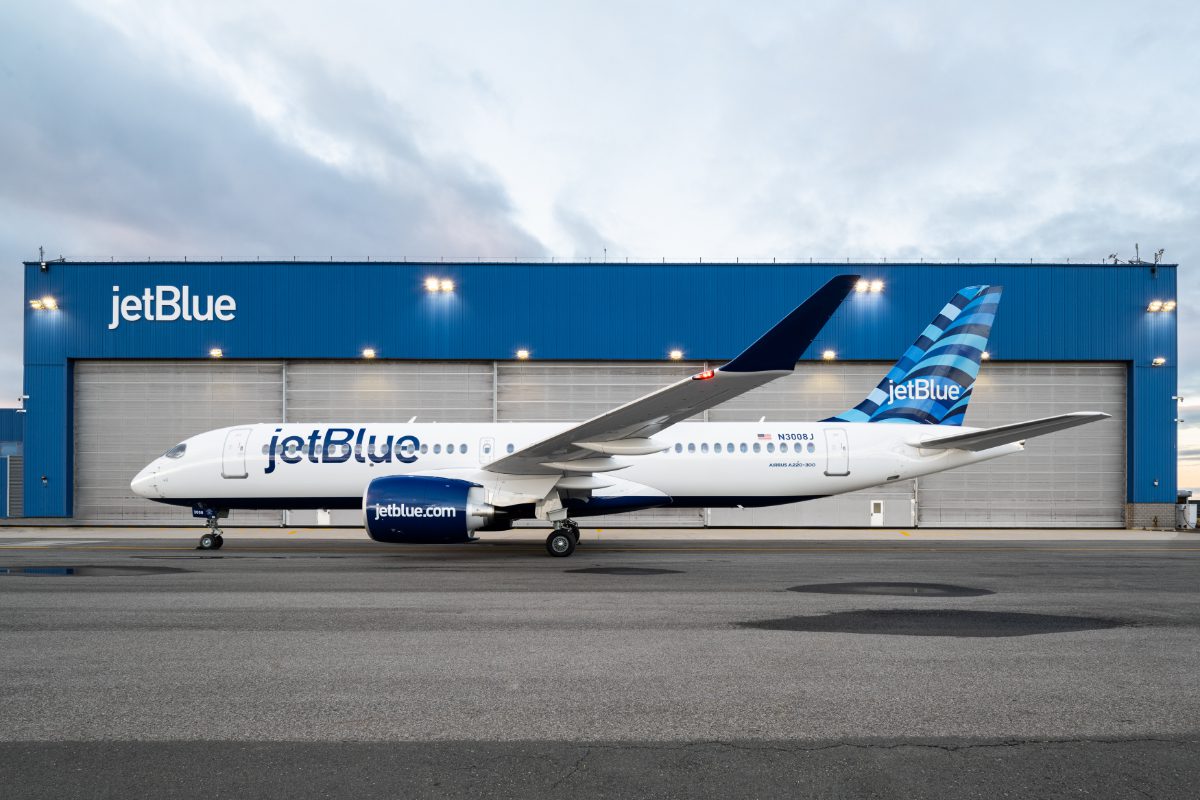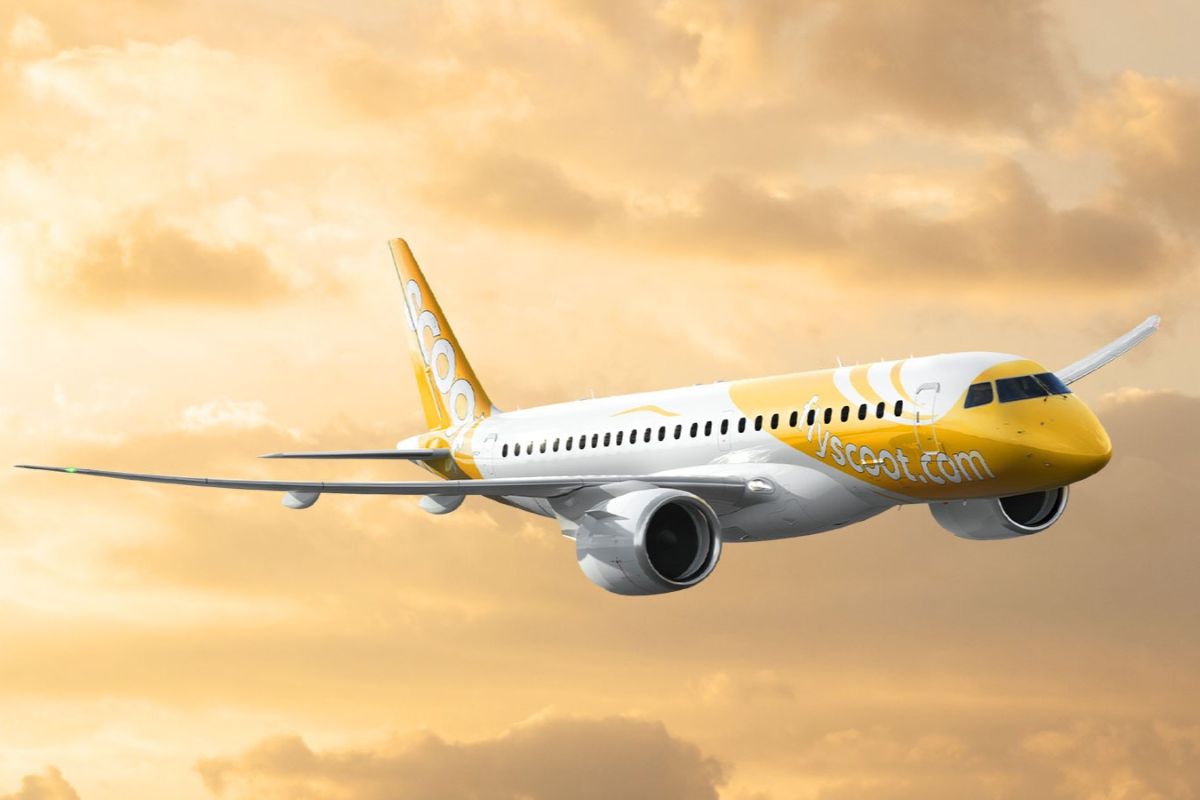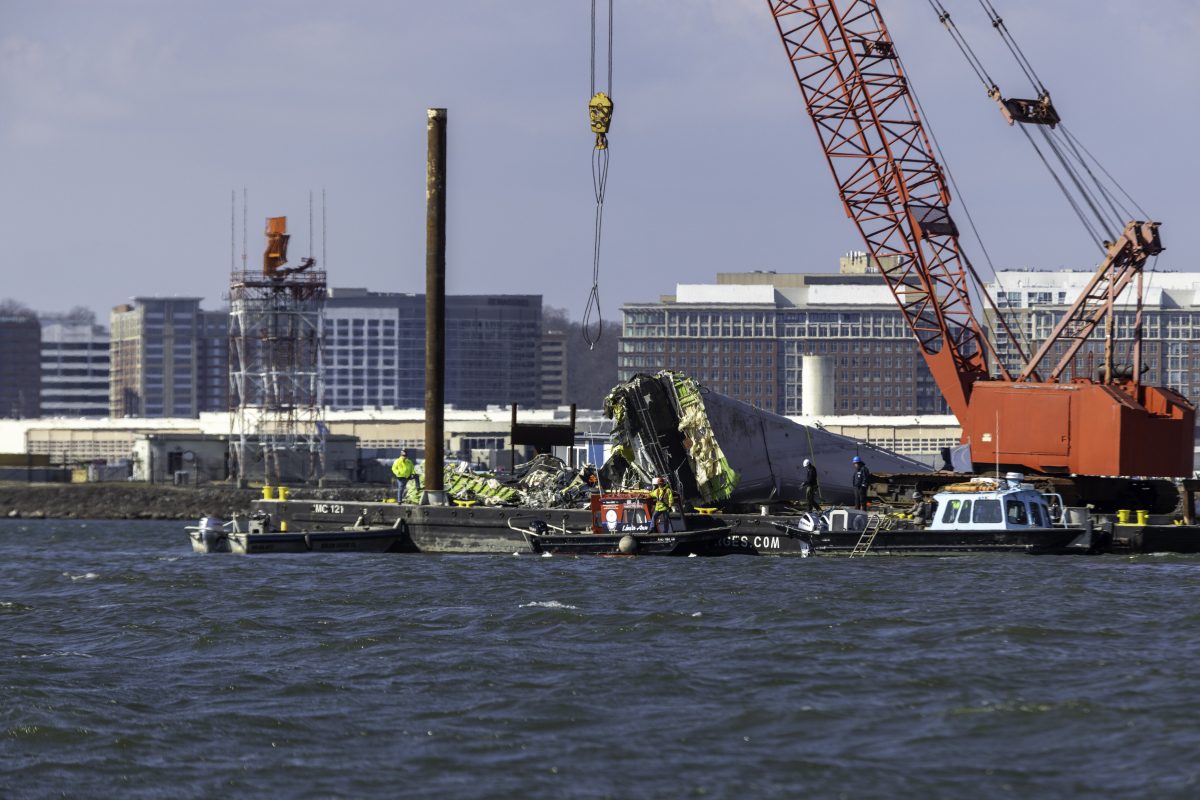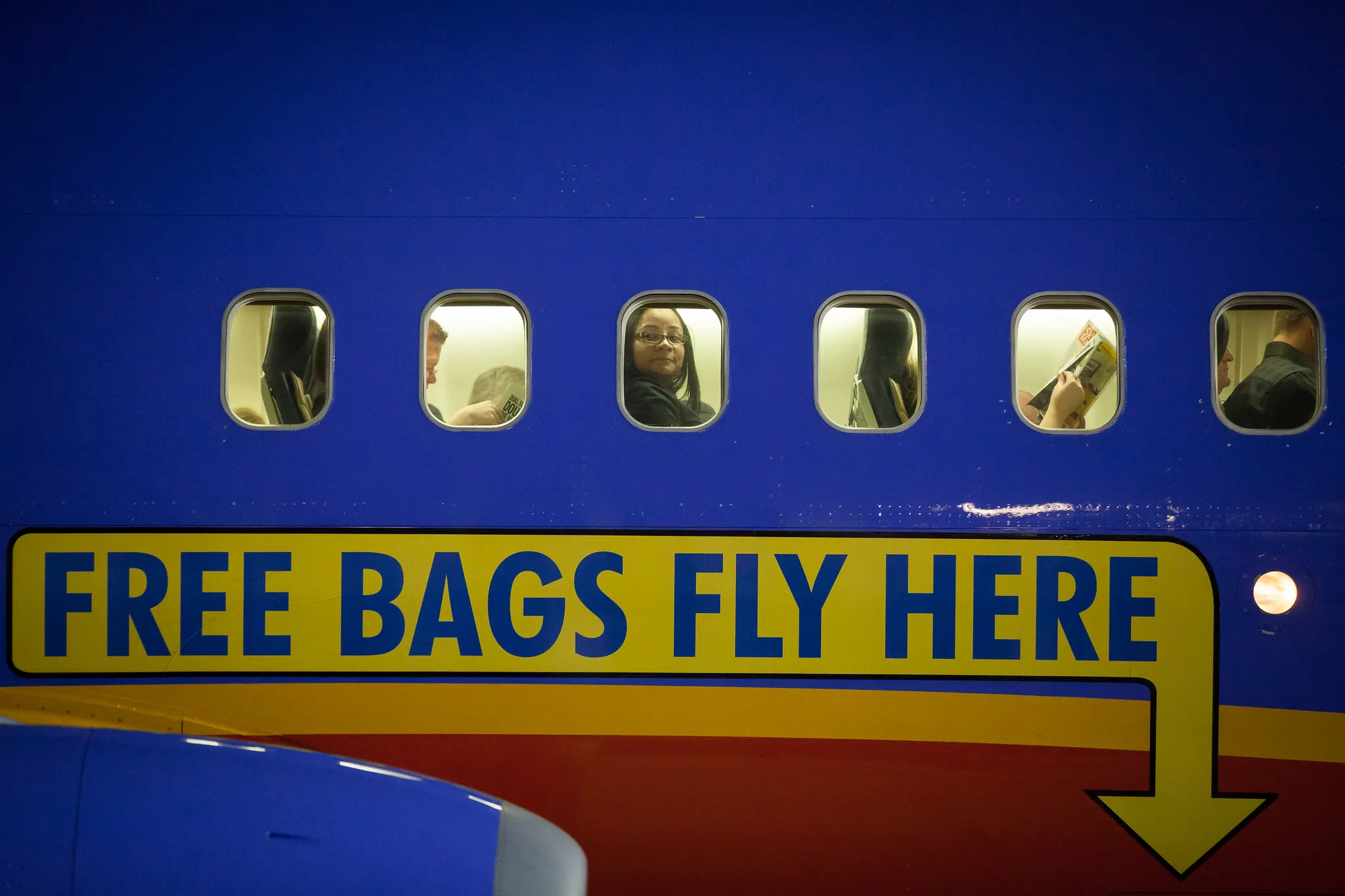JetBlue Targets High-Spending Flyers as Industry Competition for Premium Travelers Heats Up

Skift Take
JetBlue launched its first-ever premium credit card last week as part of its JetForward strategy to strengthen customer loyalty and expand premium offerings.
The JetBlue Premier World Elite Mastercard, with a $499 annual fee, offers perks like complimentary access to the carrier’s first-ever lounge at JFK Terminal 5, set to open later this year, and another lounge at Boston Logan to follow. Additional benefits include free checked bags, priority boarding, and credits for Global Entry or TSA PreCheck.
JetBlue said it is targeting its growing premium leisure customer base and new customers who want a mix of high-end services and affordability.
“This product is something that our customers have been requesting for a long time, so we are extremely excited about the growth potential,” said JetBlue’s vice president of loyalty and partnerships, Chris Buckner. “And we have already seen healthy demand.”
JetBlue’s Premium Strategy
JetBlue issued a dim first-quarter outlook for 2025.
To regain profitability, JetBlue has been cutting unprofitable routes and shifting focus to leisure routes and high-value customers in core markets like New York and Boston.
The airline’s TrueBlue loyalty program and premium offerings also play an important role in driving engagement.
“TrueBlue is a key piece of our business, and our credit card portfolio allows our customers to continue interacting with the brand in their everyday lives as well as their travel,” Buckner said.
Beyond the premium card, JetBlue introduced its EvenMore premium seating product in late January, which provides added benefits like extra legroom, early boarding, and dedicated overhead bins. The airline is also developing a domestic first-class cabin, called “junior Mint,” for flights starting in 2026.
The Rise of Premium Travel: Why Airlines Are Pushing for More
JetBlue’s credit card arrives at a time when premium-class travelers are reshaping the economy of air travel. In 2024, premium travel surged 43% over the previous year, outpacing growth in economy-class bookings, according to the International Air Transport Association.
Delta Air Lines has seen a major shift in its revenue mix. Premium seating and its SkyMiles loyalty program now generate 57% of Delta’s income, compared to just 43% from main cabin fares — a stark reversal from 14 years ago when economy fares dominated at 60%.
Alaska Airlines announced last December that it will roll out its own premium credit card in summer 2025, followed by a new flagship lounge in Seattle in 2027.
It’s not just the legacy carriers that are getting in on the action.
Spirit Airlines, known for its ultra-low cost model, made a pivot toward premium offerings with its "Big Front Seat" and "Go Comfy" fare packages last August. The additions include first-class or non-middle seating, along with other benefits like free checked baggage, priority boarding, and complimentary snacks and drinks. Frontier Airlines entered the premium game as well, with plans to introduce first-class seating by late 2025. The carrier expects the initiatives to generate $250 million in revenue its first year.





